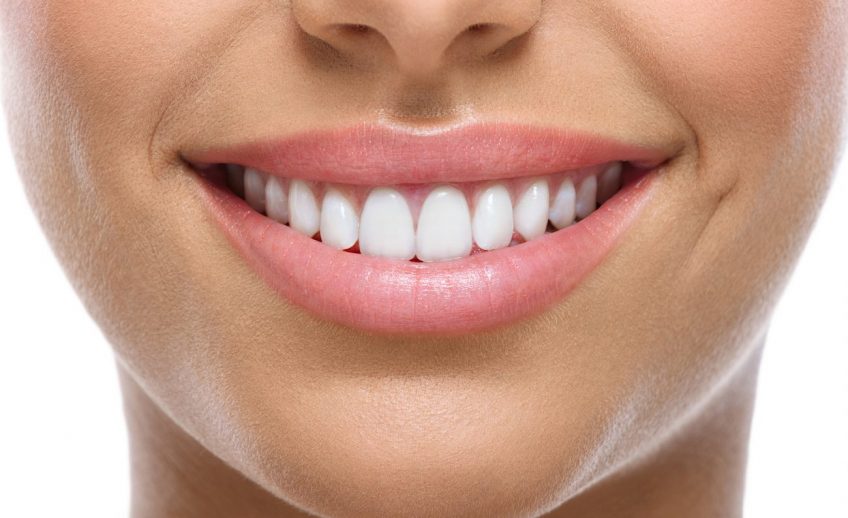Have you had a friend receive a temporary retainer to maintain the correct spacing of her teeth, but a permanent retainer has been recommended for you? We are going to explain the difference between the two.
You know doubt want to celebrate the day your braces are removed. But just because your braces are coming off, that doesn’t mean your orthodontic care is over. Once your braces are removed, you’ll need to wear some type of retainer to ensure that your teeth don’t drift from their new locations. But which type of retainer is right for you, a temporary or permanent one?
Let’s talk about what each is, and highlight benefits and drawbacks of each.
Temporary Retainer
You’re probably most familiar with the idea of a temporary retainer. The most common type of retainer is known as a Hawley retainer. It is made of wire and clasps in a thick plastic body. It covers the roof of the mouth and then lies along the tongue side of the lower teeth.
There is also an option called an Essix retainer that looks very similar to Invisalign aligners. Rather than being switched out every two weeks, this retainer will be worn for an extended period of time to maintain the positions gained by braces or Invisalign treatment.
A Hawley retainer will be noticeable, while an Essix retainer will be virtually unnoticeable by others. Essix retainers are fragile and cannot be adjusted, and can slightly interfere with speech. On the other hand, a Hawley retainer can be adjusted to take into account additional tooth movement, and they are less likely to break and need replacing. However, they can take some getting used to and will interfere with speech in the beginning of wear.
The biggest advantage of a removable retainer is that it can be removed. That means you can take it out when eating and brushing and flossing your teeth. However, because it can be removed, that also means it’s easy to lose. Orthodontists frequently hear stories of patients taking it out while eating lunch, then forgetting about it and accidentally throwing it away. Removable retainers require patients to pay close attention to them.
That also means you can forget to put it in altogether, which means it won’t be as effective. Forgetting to wear your retainer can cause teeth to drift slightly out of place.
Another disadvantage is that it can cause excess saliva in the mouth. Your body will adjust over time and producing this excess saliva, but in the beginning it may take some getting used to.
Permanent Retainer
A permanent or bonded retainer is permanently affixed to the teeth. As you age, your teeth will naturally shift a bit, so a permanent retainer is a great option to ensure the straight smile your braces gave you doesn’t go away. They are generally used with the bottom teeth, but can also be used with the upper front teeth.
The biggest disadvantage is that they can make teeth a bit harder to clean. Patients find it takes a bit of getting used to, especially with flossing. A floss threader can help thread the floss between the appliance and the tooth.
But permanent retainers do their job well. You don’t have to worry about losing it when you take it out. It can remain in for years, meaning the smile you got after your time in braces won’t go away.
Your orthodontist will discuss with you which type of retainer he or she thinks is best. It’s important that no matter which type is recommended, you always follow all instructions as provided by your orthodontist.
Courtesy of ezinearticles.com by Aly Kanani
 201 Nicholson Street Abbotsford VIC 3067
201 Nicholson Street Abbotsford VIC 3067
